Interview with Ms. Sara Kuoman
Director of Logistics
When was Savar established and who owns the company today? Where do you have offices?
Savar was established in 1980, the owner is David Kuoman (my father). For now, we only have offices in Peru, we have plans to open an office in Asia.
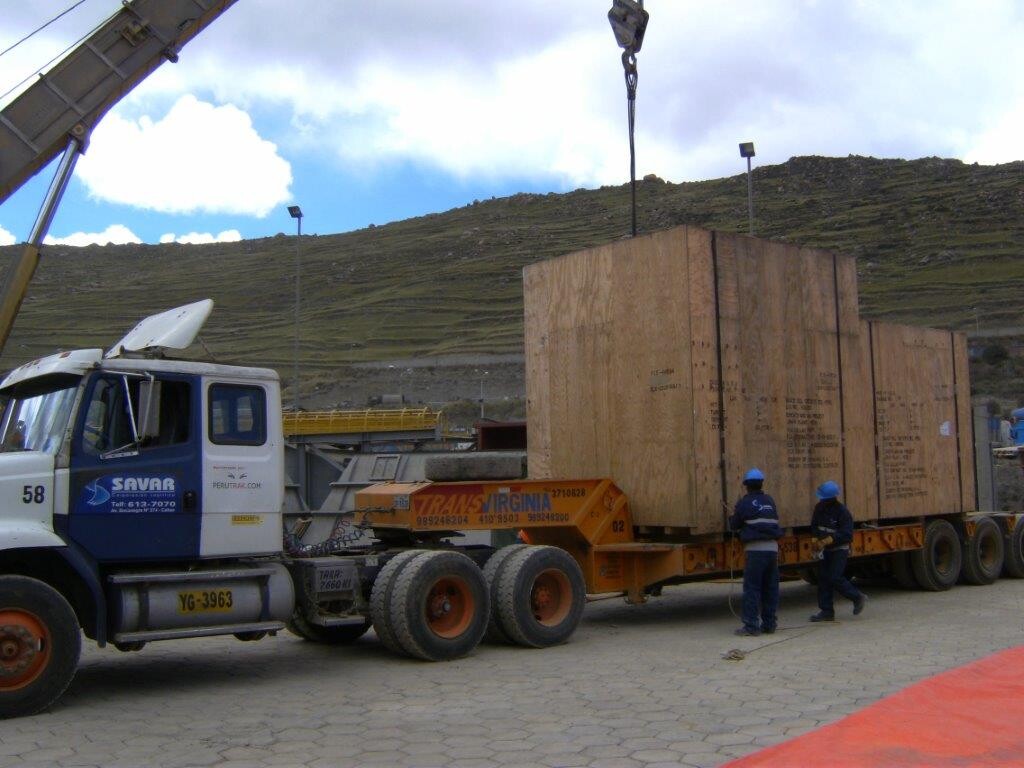
What are the strengths of Savar?
Our biggest strengths are innovation and infrastructure.
Innovation:
We always try to stay one step ahead and think of ways to add value to what we do while always reducing costs when possible. The fact that we offer fully integrated services across the entire production chain is another one of our main competitive advantages.
Infrastructure:
We own all the pieces of the supply chain, we want to give integral solutions in door-to-door service. We have 420,000 square meters of warehousing, located in different areas in Peru, with a range of storage options that mean we can hold any type of cargo even for minerals (LME standard). We can say that we are specialized in minerals with innovative methods to reduce cost in the supply chain and be more efficient.
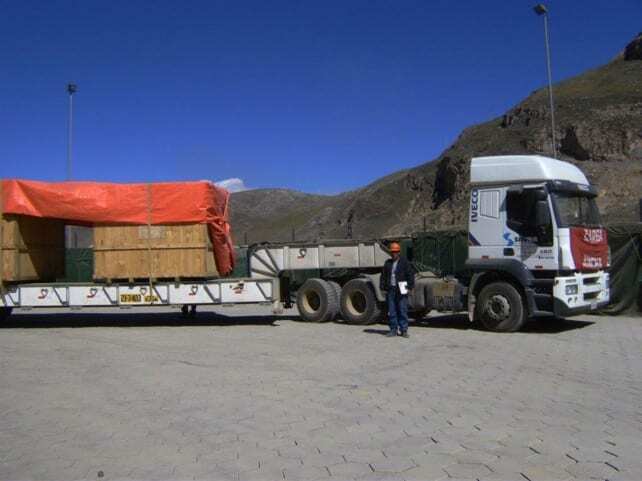
Tell us about the Peruvian economy and shipping in Peru.
Peru has one of the strongest economies in Latin America. Since last year Chinese don’t need a visa to visit Peru, so there are a lot of Chinese in Peru to make investments.
Peru is part of APEC, which makes for better business between China and Peru. Moreover, one-quarter of the Peruvian population has Asian ancestry; including me. My great grandfather was from China.
Callao is one the most important ports in South America. In Latin America, we are in the top 6. By air, Lima is the hub of South America because of its strategic location in the center of the continent.
Peru’s is rich in diversity of raw materials which are exported. Also because of the large volume of special seafood exported we have to be highly efficient in logistics.
Peru still imports more than it exports, which is something that should change. For now, that imbalance translates into cheaper return container freight (with the exception of reefer containers used for Peru’s large export volume of perishables).
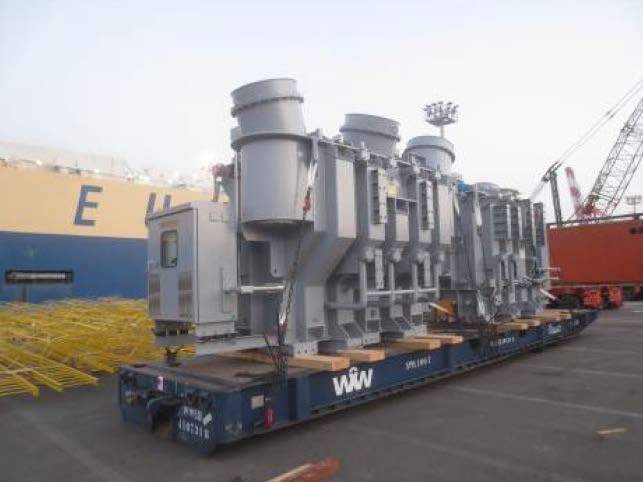
What shipping lines call Peruvian ports?
There are several carriers calling different ports in Peru, depends if the vessel is a breakbulk, RORO or container carrier.
These lines call Peruvian ports: CMA CGM, Hapag-Lloyd, Maersk, Sealand, Trinity, BBC, Wanhai, COSCO, NYK, APL, China Shipping, Dole Ocean Cargo, Evergreen, Hamburg Süd, Interocean Lines, Kline, Mitsui, MSC, Baltic, C.S.A.V., Höegh Autoliners, etc.
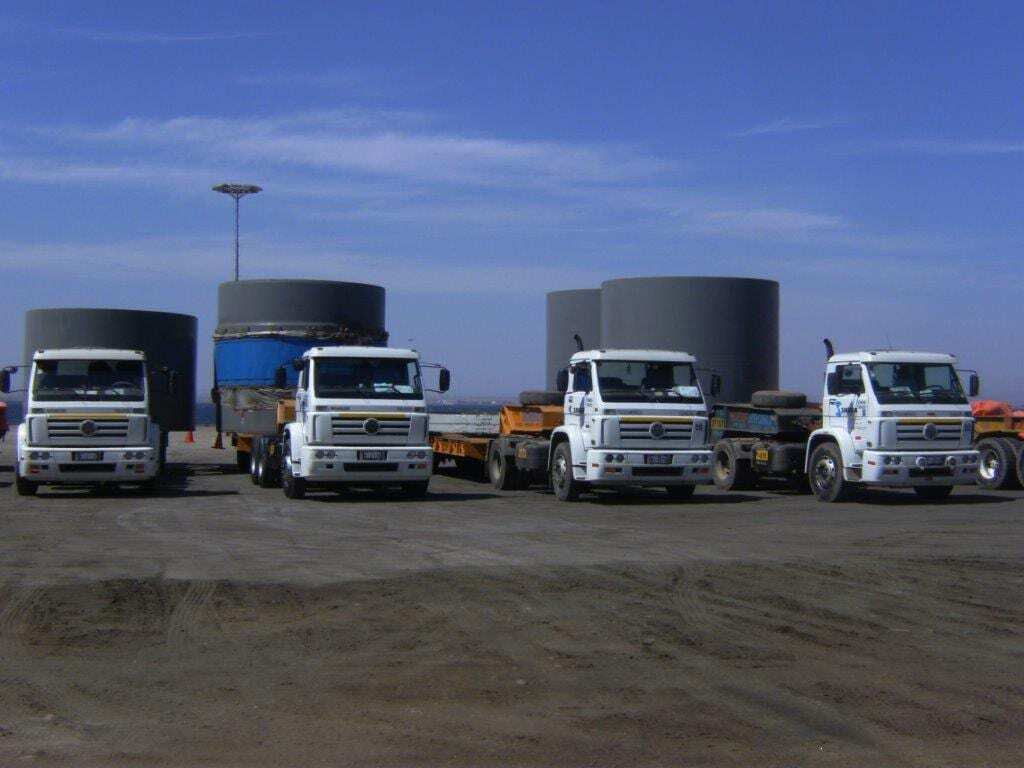
Can you give us an idea of what type of projects Savar has handled?
Some of the projects we have handled:
- Mining Project for JinZhao:
Mine operator and involved in the construction of a terminal on the coast at Sombrerillo in Arequipa, province of Caravelí. - Power Plant Project in Iquitos:
The cargo (including glass insulators, cables, and pylons) was shipped from several Chinese origins (Qingdao, Shenzen, Ningbo & Shanghai) to Paita, Piura. From Paita the cargo was trucked 928km to Yurimaguas Port, loaded onto river vessels for a 7 day voyage to Morochita port in the northern Amazon. - Exporting 1500-2000 containers/month of minerals Vietnam and Korea from the mountains (door to door).
- A huge crane and a large dryer for the mining industry.
What are the main ports of Peru? Can you tell us a bit about the size of your country?
The main ports are PAITA, CALLAO, MATARANI ports. There are also ILO, PISCO and SALAVERRY ports which move much less cargo.
Peru is the third biggest country in South America.
Can you also organize inland transport in Peru? Which modes of transport are usually used?
Savar has a fleet of more than 150 trucks for regional and local distribution. It depends on where the cargo is destined, but by truck is the main mode of transport. Cargo can also be moved by rail or river.
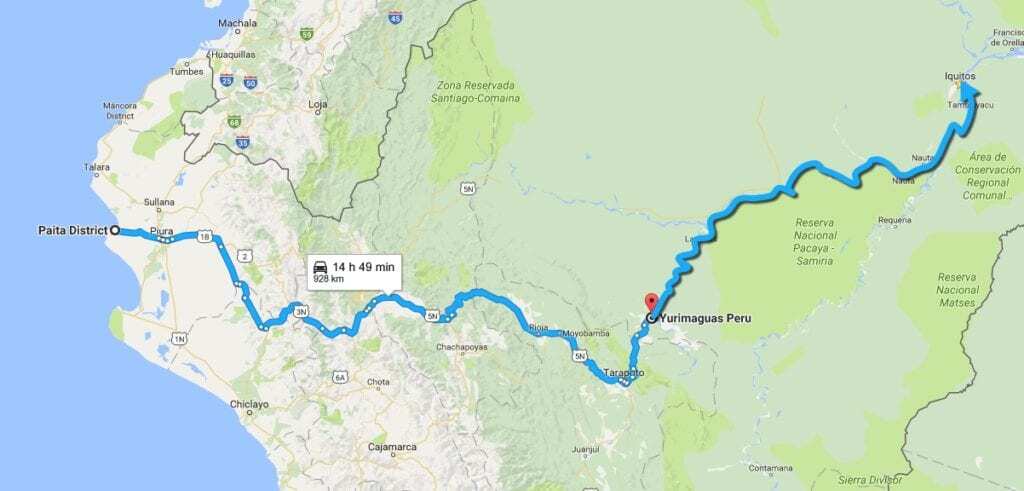
How about customs clearance in Peru, does it normally take place at the port or is it possible to do customs clearance at the final destination in Peru?
Normally customs clearance takes place at the primary entry point, but for projects, it is better to clear customs at the final destination to save on duty.
Is it possible to transship cargo to other countries via Peru? I was thinking of Bolivia and the western part of Brazil for example.
Nowadays, the petroleum, IMO cargo and pipes enter via Peru for transshipment to Bolivia. There is also cargo which enters Brazil via Peru now that there is the Interoceanic Highway which makes transportation between the two countries easier.
How many years have you worked for Savar? How did you get into this kind of business?
I have been working in Savar for more than 4 years full time. From the age of 19 I was interested in the stock market, especially in minerals. So I knew something about mining companies. After I had been trading on the stock market for 4 years my father asked me to help him by attending a mining fair. When I saw the chaos in the middle of the fair I realized that if you don’t catch their attention in the first 15 seconds they will keep walking. The approach must be simple, strong and clear. So I ended up making the introductions at the fair and training the commercial department of Savar how to interact with customers face to face. The rest is history, from that day I joined Savar Corporation.
I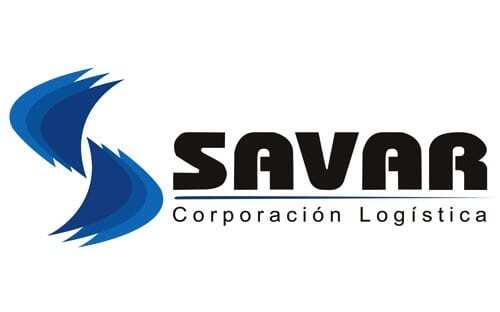 nterviewee:
nterviewee:
Sara Kuoman
Director of Logistics
skuoman@savar.com.pe
Savar Corporación Logística S.A.
http://www.savar.com.pe/

